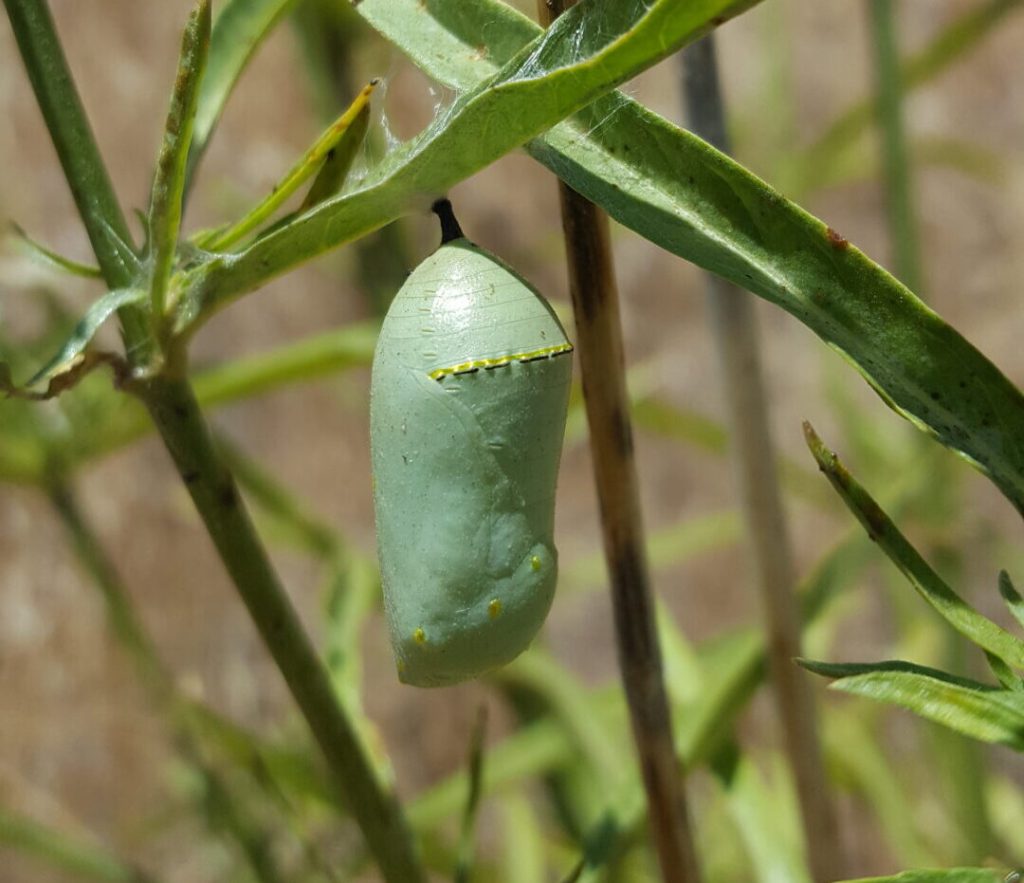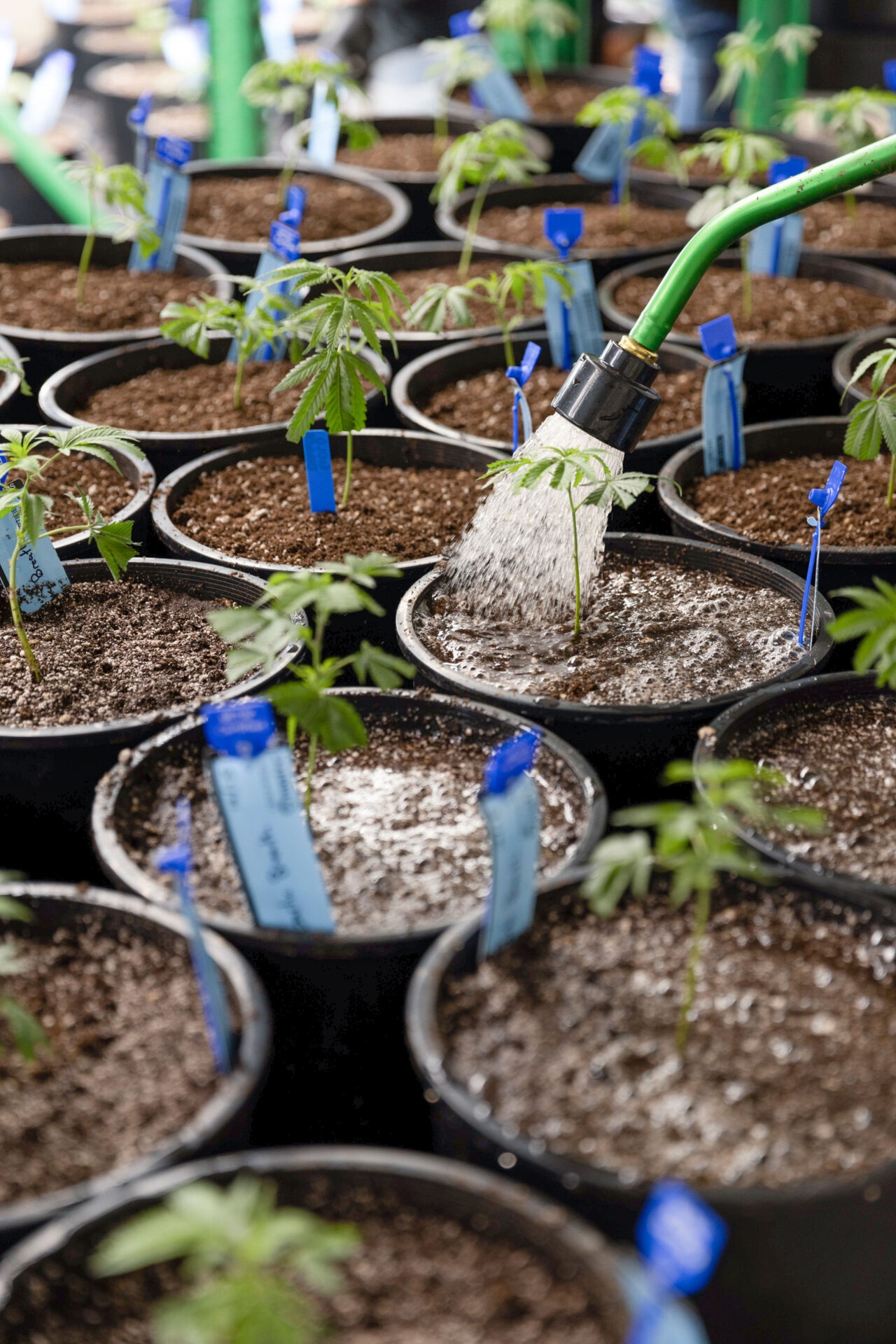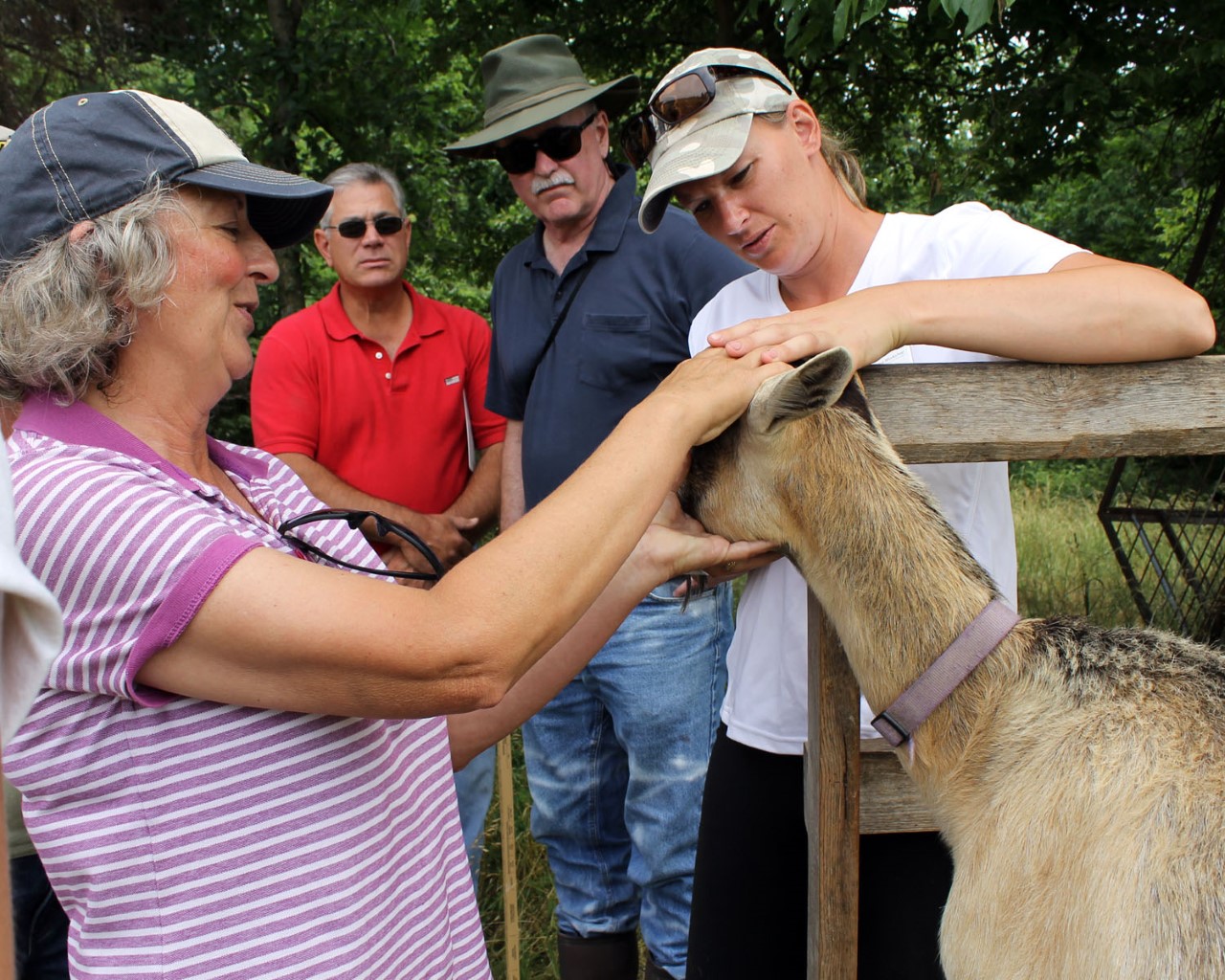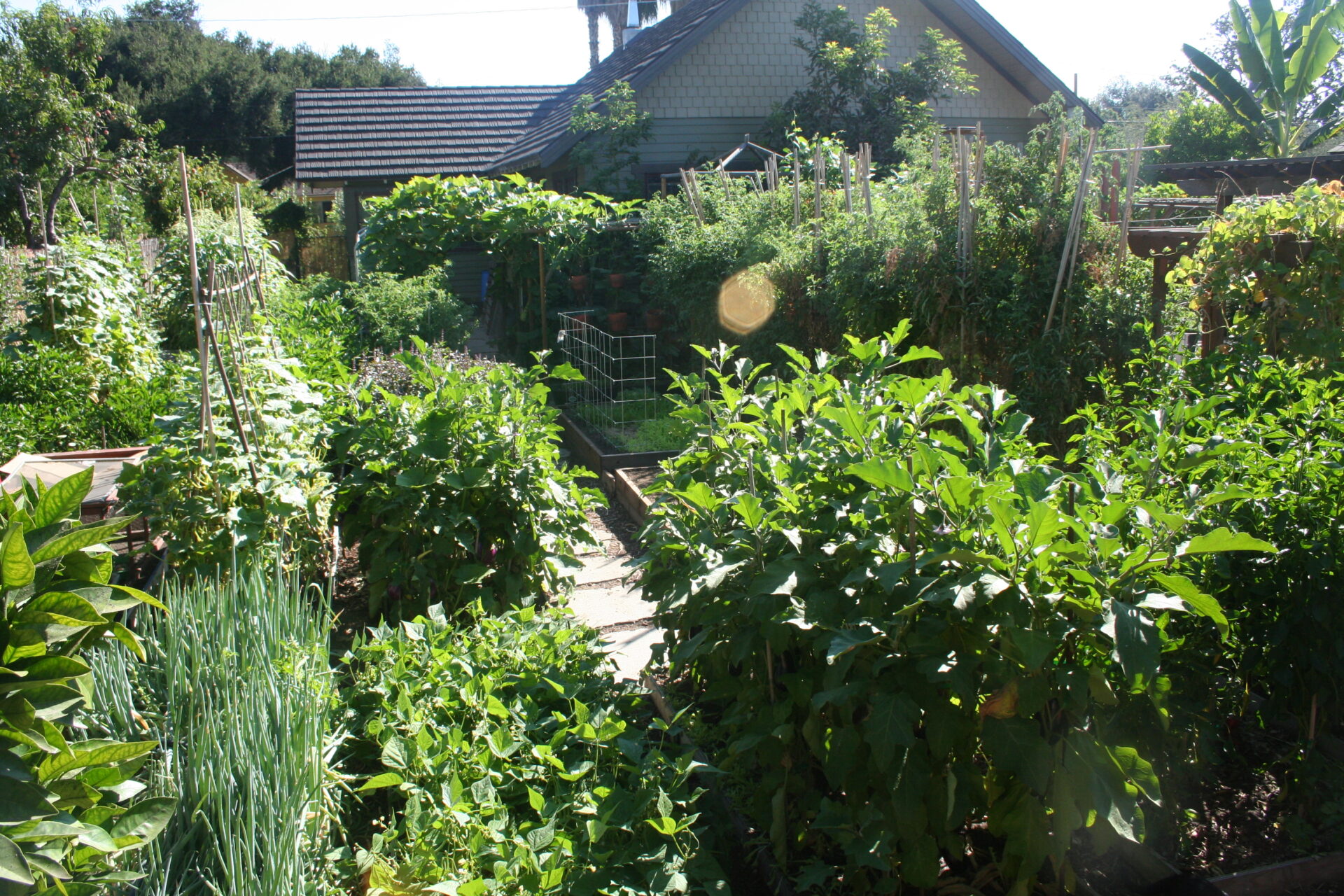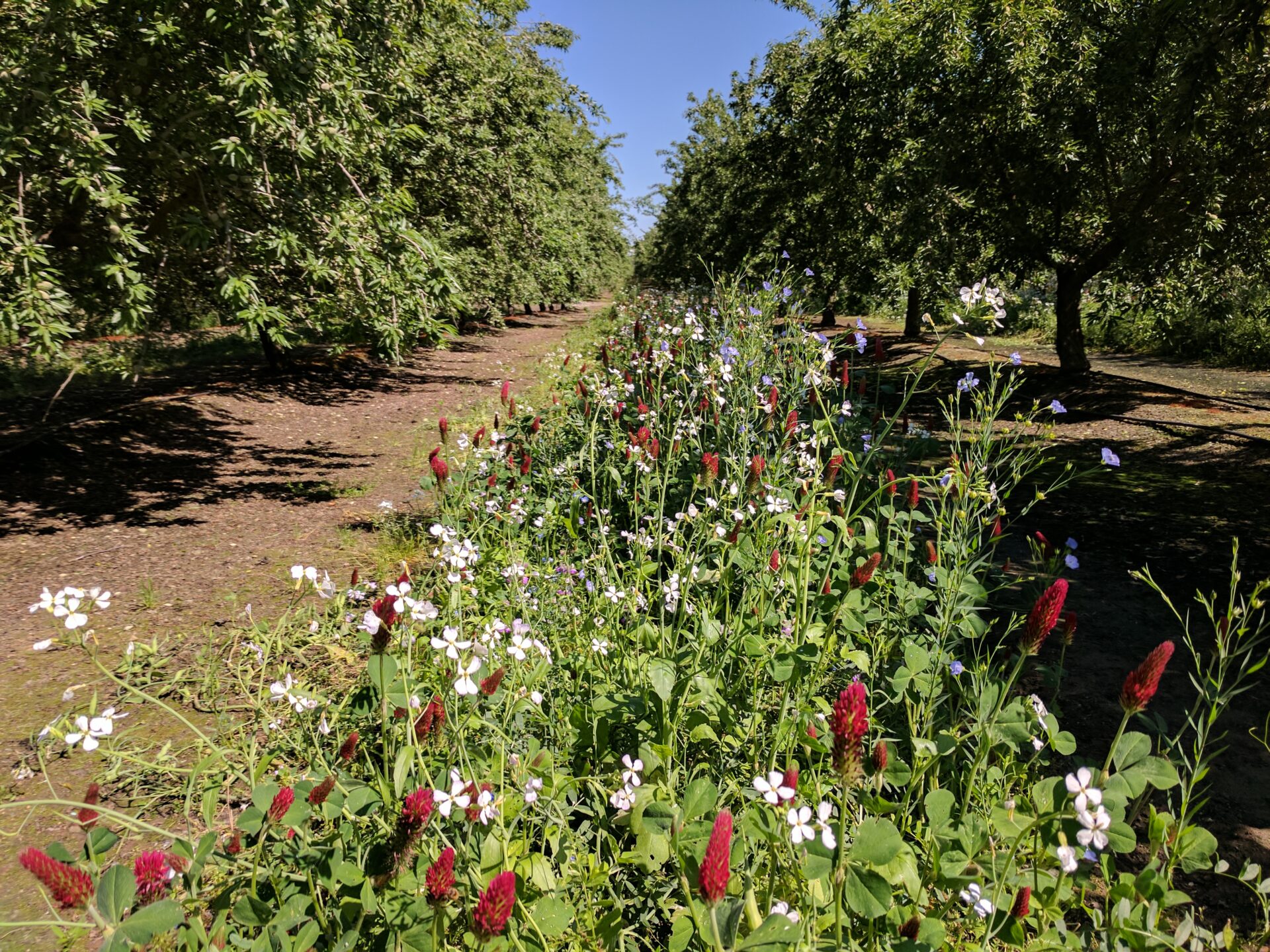
As a result of human activity, the world has lost about half of its insect populations in the last 75 years. Those insect declines are due largely to habitat loss and degradation, pesticides and climate change, said Jessa Kay-Cruz of the Xerces Society for Invertebrate Conservation. Some of those insects can be important pollinators for crop production, such as the monarch butterfly.
“Monarchs across the U.S. are imperiled, though the Western population is worse off than the Eastern population,” said Sarah McKibbin, Restoration Project Manager of Solano Resource Conservation District (RCD).
“Monarchs are completely dependent on milkweed plants,” said McKibbin, who was a speaker for a recent online workshop sponsored by Solano.
The butterflies lay their eggs on milkweed plants. When the eggs hatch, the caterpillars eat only milkweed.
“The toxins in milkweed helps protect them from predators,” she said.
The milkweed flowers provide a nectar source, not only for adult monarchs, but for other pollinators too, such as native bees. “Milkweed is a relatively prolific nectar supplier,” McKibbin said
The monarch caterpillars go through five instar stages (between molts) before forming a chrysalis and attaching it to a milkweed stem. The monarch lifecycle repeats four to five times each spring through fall. The last batch of butterflies that emerge are the ones that migrate from parts of the U.S. and Canada.

“Western monarchs overwinter along the California coast in Monterey pines and eucalyptus trees,” McKibbin said. “Eastern monarch populations overwinter in Mexico in Oyamel fir trees.”
Monarch Numbers
In the 1980s, there were an estimated 4.5 million monarchs that overwintered along the Pacific Coast. In 2019, the number had dropped to approximately 29,000, and in 2020, the Western Monarch Thanksgiving Count tallied only 1,914 monarchs.
“Western monarchs have declined by over 99%,” McKibbin said. “The Eastern monarchs have ‘only’ declined by 80% in the past 20 years.”
So why are the Western monarchs in such rapid decline? The reasons are many, according to Solano RCD:
- Loss of overwintering habitat.
- Development along the Pacific coastline.
- Decline and aging of pine and eucalyptus groves without regeneration.
- Breeding habitat loss and degradation.
- Urban sprawl.
- Agricultural practices with extensive tilling and pesticide use.
- Pesticides used for mosquito control.
- Pesticides used by homeowners and the nursery trade.
- Widespread pesticide contamination of milkweed.
- Climate change – causing changes in temperature and rainfall patterns which affects monarch migration and milkweed distribution.
- Tropical milkweed, which is not native and can harbor a parasite harmful to monarchs.

Adult monarch on narrow-leaf milkweed, A. fascicuaris . In 2020, the Western Monarch Thanksgiving Count tallied only 1,914 monarchs (photo courtesy Stephanie McKnight/Xerces Society.)
“Good” vs. “Bad” Milkweed
So, what is the difference between milkweed that is harmful to monarchs and milkweed that is beneficial? Tropical or exotic milkweed, Asclpias curassavica, is harmful. It grows north to Mexico but isn’t native to the U.S. or Canada. It’s an attractive plant and easily grown, so it is most often the species offered for sale in nurseries. Tropical milkweed blooms and grows year-round in mild climates – except in the case of rare freeze events. Because of its year-round availability, tropical milkweed convinces the monarch to continue breeding throughout the winter.
Nature didn’t intend for monarchs to breed year-round, and there are several risks involved when they do, according to Monarch Joint Venture (MJV), University of Minnesota. Risks include a higher OE infection rate and frigid temperatures during those rare freezing events. There is also a chance of food shortages when caterpillars eat tropical milkweed to the ground during the winter and there is no native milkweed available because of winter dieback.
When gardeners and growers in the coastal southern U.S. and California plant non-native tropical milkweed, there is another potential risk to the monarch. Milkweed harbors a debilitating parasite, a protozoan called Ophyocystis elektroscirrha (OE). Patches of tropical milkweed growing year-round can foster greater transmission of OE, according to MJV, although another study shows that tropical milkweed can lower OE replication. This is because of elevated levels of cardenolide toxins (a type of heart-arresting steroid) in the plant. But less OE replication still may not be in the monarch’s favor. Instead of dying quickly, butterflies that are moderately infected could potentially spread more disease over a longer life span.
Adult monarchs infected with OE can harbor thousands, even millions, of microscopic spores on their bodies. Infected butterflies scatter the dormant spores onto eggs or milkweed leaves. These in turn are ingested by monarch caterpillars. The spores replicate inside the larvae and pupae. Heavily infested monarchs may not emerge completely from their chrysalis. They either become stuck or are too weak to fully open their wings. Monarchs with milder infections of OE can’t fly as well and don’t live as long as healthy butterflies.
North America’s native milkweeds show dieback in the winter, which stops the winter breeding and resets the population of OE. If you have any tropical milkweed, MJV suggests cutting it back in the fall and winter months and gradually replacing it with native milkweed species. The natives include narrow-leaf milkweed, Asclpias fascicuaris; showy milkweed, A. speciosa; California milkweed, A. Californica; heartleaf milkweed, A. cordifolia; and woolypod milkweed, A. eriocarpa.
Other milkweed notes: “Don’t plant milkweed within five miles of the coast because it can interrupt the monarch’s life cycle,” McKibbin said.
The toxin in milkweed concerns ranchers, but it takes a long ingestion period before it harms cattle. “There are no recent reported deaths of cattle to USDA from milkweed,” McKibbin said.

Helping Adult Monarchs and Other Pollinators
Besides native milkweed, there are other plantings that farmers can grow to attract monarchs as well as native bees and other pollinators. Plant a variety of nectar sources and plan your flowering selections so they produce year-round bloom.
McKibbin suggests practicing the 10-10-10-10-1 rule:
- Plant a 10’ X 10’ area (minimum).
- Include at least 10 native milkweed plants of the same species.
- Plant a total of at least 10 different plant species.
- Plant each species in a block at least one square meter in size.
- Other ways to help pollinators is to shop mindfully − buy organic produce and organic nursery stock.
“Avoid products that contain GMO ingredients, especially corn, wheat, and soy. These are the most common ‘Roundup-ready’ GMO crops that allow farmers to spray entire fields with roundup to kill all plants except their crop, including wild milkweed. Milkweed that would have grown wild in fields and farm edges are collateral damage, so GMO crops are a large contributor to habitat loss in agricultural settings – no milkweed means no monarch caterpillar food,” McKibbin said.
Protect monarch overwintering sites. Volunteer for citizen science projects. Get involved with the Thanksgiving and New Year’s monarch counts. Donate to nonprofits that are helping to protect monarchs and other pollinators. Avoid pesticides, especially systemic insecticides such as neonicotinoids.
“They are the worst,” McKibbin said. “They can affect plants, water and soils for months to years.”
For more information on helping monarchs and other beneficial insects visit the following websites: Solano Resource Conservation District: https://www.solano.org, Xerces Society: https//xerces.org, Monarch Joint Venture: https//monarchjointventure.org.
